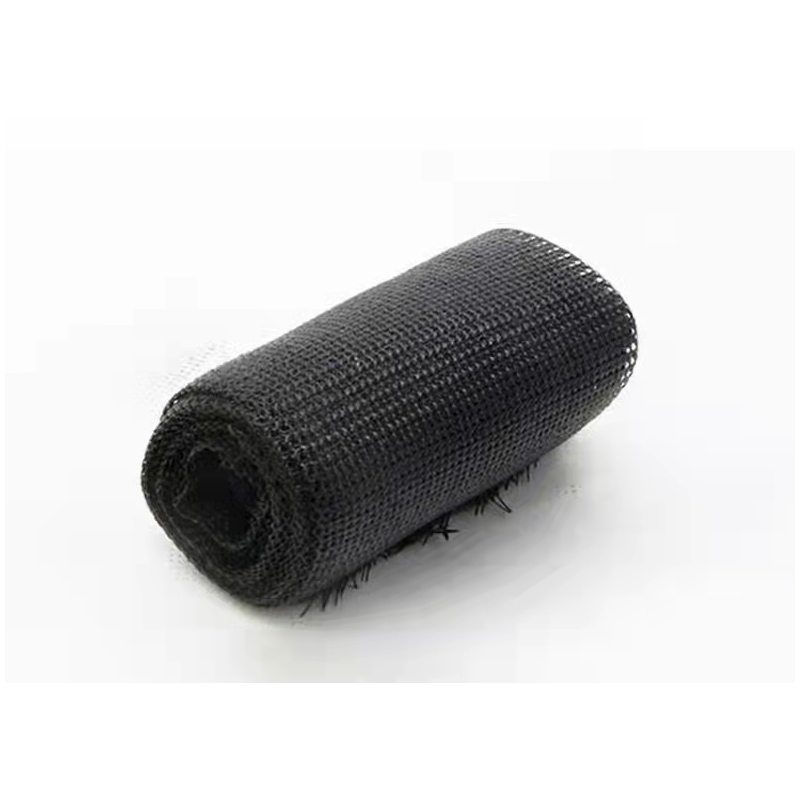Understanding Insulating Strips A Key Component in Electrical Safety and Efficiency
In the realm of electrical engineering and safety, insulating materials play an indispensable role. Among these materials, insulating strips are particularly significant. These strips, which are utilized to prevent the unintended flow of electricity, serve various applications in both industrial and residential settings. This article will delve into the various aspects of insulating strips, exploring their types, applications, and the benefits they offer in maintaining electrical safety.
What is an Insulating Strip?
An insulating strip is a narrow piece of material, typically made from non-conductive substances such as rubber, plastic, or ceramic. These materials inherently resist the flow of electricity, making them ideal for separating conductive components. Insulating strips can vary in size, thickness, and material composition depending on their intended application.
Types of Insulating Strips
There are several types of insulating strips, each designed for specific uses. Here are some common categories
1. Rubber Insulating Strips These are flexible, durable, and can be used in a range of applications. Rubber is particularly effective in providing insulation against both electrical and thermal conductivity.
2. Plastic Insulating Strips Often made from PVC or polyethylene, plastic strips are lightweight and resistant to moisture, corrosion, and chemicals. They are commonly used in domestic wiring and electronics.
3. Ceramic Insulating Strips These are more rigid and can withstand high temperatures, making them ideal for high-voltage applications. They are often used in power transmission and distribution systems.
4. Self-Adhesive Insulating Strips Featuring an adhesive layer on one side, these strips can be applied easily to surfaces without the need for additional fasteners. They are useful for quick repairs or modifications.
Applications of Insulating Strips
Insulating strips find applications in various fields, including
insulating strip

- Electrical Wiring Insulating strips are used to cover exposed wires in electrical installations, preventing accidental contact and short circuits
.- Electric Motors These strips provide insulation in electric motors, ensuring that the motor components do not come into contact with each other inappropriately, which could lead to short circuits or a breakdown.
- Automotive Industry In vehicles, insulating strips protect sensitive wiring from heat, oil, and moisture, enhancing the durability of electrical systems.
- Household Appliances Many household devices, such as refrigerators and washing machines, utilize insulating strips within their electrical components to safeguard users and prolong the life of the appliance.
Benefits of Insulating Strips
The benefits of using insulating strips extend beyond mere protection. Here are several advantages they offer
1. Safety The primary function of insulating strips is to prevent electrical accidents. By ensuring that conductive parts are separated, these strips minimize the risk of electric shocks and fires.
2. Efficiency Insulating strips contribute to the efficient operation of electrical systems. By reducing energy losses associated with leakage currents, they help improve the overall efficiency of devices.
3. Durability Insulating strips are designed to withstand various environmental conditions. They are resistant to wear, moisture, and temperature fluctuations, extending the lifespan of electrical equipment.
4. Cost-Effectiveness Investing in high-quality insulating strips can lead to significant long-term savings. By reducing the likelihood of electrical failures and the associated repair costs, these strips can prove economical over time.
Conclusion
In conclusion, insulating strips are a critical component in the landscape of electrical safety and efficiency. Their diverse types and applications showcase their versatility, from protecting household appliances to ensuring the reliability of industrial machinery. As technology continues to evolve, the development of more advanced insulating materials will undoubtedly enhance the safety and efficiency of electrical systems further. Understanding the importance of insulating strips is essential for anyone involved in electrical engineering, safety management, or DIY projects. In a world increasingly reliant on electricity, prioritizing insulation and safety is not just smart but essential.
-
XIANGFAN Rubber Tape-Ultimate Solutions for All Your Insulation NeedsNewsJun.24,2025
-
XIANGFAN Rubber Tape-Protection for Industrial and Residential ApplicationsNewsJun.24,2025
-
XIANGFAN Rubber Tape: Superior Safety and Sealing for Demanding EnvironmentsNewsJun.24,2025
-
XIANGFAN Rubber Tape: Reliable Solutions for Every Electrical ChallengeNewsJun.24,2025
-
XIANGFAN Electrical & Industrial Tape: Powering Reliability Across IndustriesNewsJun.24,2025
-
XIANGFAN Electrical & Industrial Tape: Excellence in Every ApplicationNewsJun.24,2025
